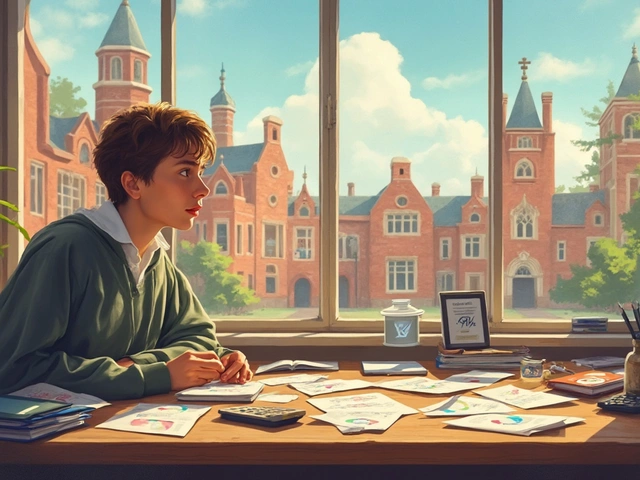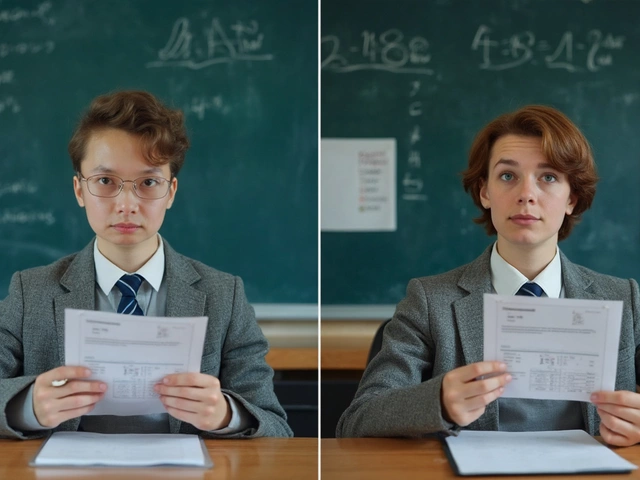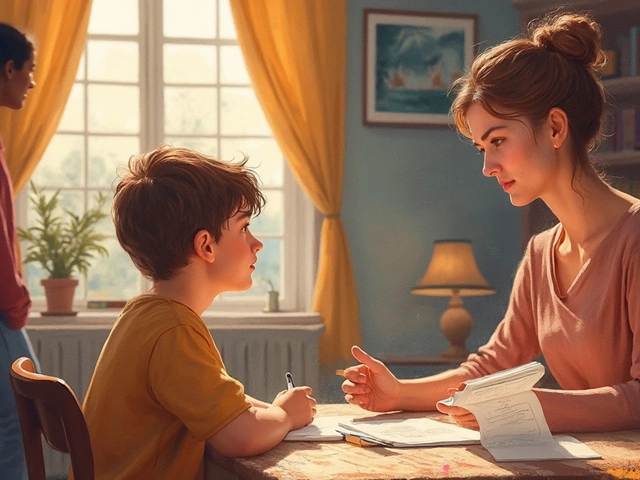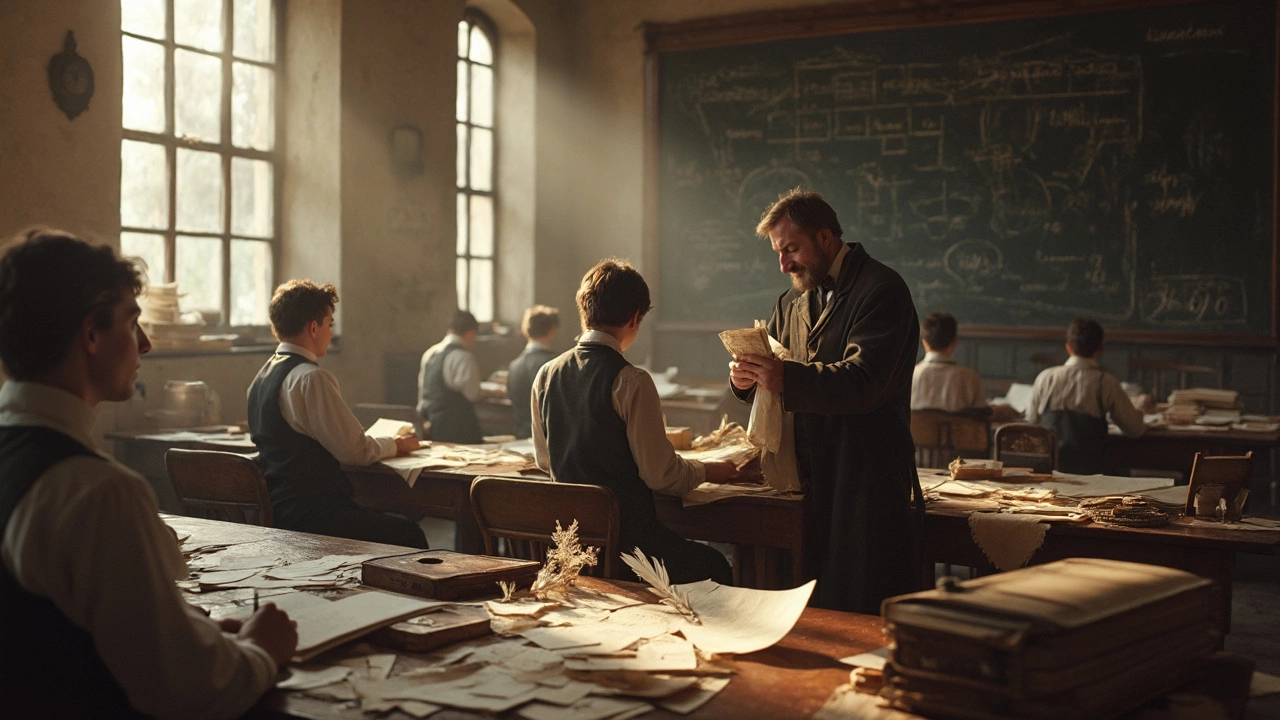When you think about distance learning, what comes to mind? Zoom classes, online homework, maybe even YouTube lectures, right? But get this—distance learning has been around a lot longer than you might expect. We're talking late 19th century, folks! Yep, way before Wi-Fi and touchscreen tablets.
Back in those days, it started with something as simple as correspondence courses. Imagine waiting by your mailbox for a course packet to arrive. Sounds slow, huh? But that was the cutting-edge technology of its time. Correspondence education opened doors for many who couldn’t access traditional schools.
As technology advanced, so did the methods of distance learning. Over the years, radio and television broadcasts allowed instructors to reach even more students. It’s fascinating how each era adapted to its technological limits, isn’t it?
Fast forward to today, and it's a whole new ball game. With the internet, distance learning has simply exploded. Now you can earn a diploma from a university halfway around the globe without leaving your couch. Wild, right? And it’s only getting bigger with more tools at our fingertips.
- Early Beginnings
- Correspondence Courses
- Broadcast Education
- The Internet Revolution
- Modern Distance Learning
- Future of Distance Learning
Early Beginnings
Think distance learning is a modern invention? Think again! It actually started in a surprising place: the 1800s. We're talking about a time when sending letters through the mail was cutting-edge technology. Back then, people called it correspondence courses.
So, what's the scoop? In 1873, a society in Boston, called the Society to Encourage Studies at Home, developed one of the first known forms of distance learning, offering correspondence courses mainly to women. Meanwhile, over in Europe, similar ideas were brewing. By 1883, the University of London started offering degrees via external study, which was a game-changer back then.
"The essence of distance learning is its flexibility and ability to reach students wherever they are," said education historian Julie Cross in her book on the history of distance education.
Why were these courses such a big deal? Fair question. Back then, access to education was limited. Schools were far away for many, and not everyone had the luxury or means to travel. Correspondence courses gave a new opportunity, leveling the educational playing field a bit.
The Role of Technology
Technology might look old school by today’s standards, but it was revolutionary back then. Mail delivery systems had expanded, making it easier and quicker to send and receive course materials. This growth fueled the rise of distance learning during this time.
The idea behind remote learning wasn't just about distance; it was about accessibility and providing education to those who couldn't follow conventional routes. Distance learning was like an early version of what we see today with online courses.
Interesting Tidbits
Did you know that the first correspondence schools were, in a sense, the precursors to modern online universities? They show us how the desire for accessible education was already changing the game way back then.
Correspondence Courses
Have you ever thought about how people managed to learn remotely before the internet? Enter correspondence courses, the true pioneers of distance learning. The concept kicked off in the 1840s—yeah, you heard me right—when an enterprising teacher named Isaac Pitman in England started teaching shorthand through mail. Now that's old-school remote learning!
Pitman's students received assignments by post, completed them, and sent them back for feedback. It was a two-way street, just like emails today, but obviously much slower.
By the early 20th century, correspondence courses really took off. Universities in the United States, like the University of Chicago, got in on the action, offering degrees through mail. Suddenly, education wasn’t confined by location.
Impact of Correspondence Courses
One of the coolest things these courses did was open up education to people who’d otherwise miss out. Take someone living in a rural area, for example. Attending a big city university wasn’t practical, but correspondence courses made it possible to get educated from afar.
During the two World Wars, these courses even served soldiers who couldn't be on campus. Talk about education anywhere, anytime, right?
Challenges and Innovations
Correspondence courses weren't without their hiccups. They required discipline since there were no teachers to nag you about deadlines. Plus, students had to wait weeks, sometimes months, for feedback, thanks to the speed of mail. It's nothing like today, where a click sends your assignment across the world in seconds.
Over time, improvements like radio and TV slowly took learning beyond just letters and packages, setting the stage for more interactive and engaging experiences in education.
Broadcast Education
Now let's talk about something really interesting: the era of broadcast education. Imagine it's the early 20th century, and radios are the hot new thing. Well, they weren't just for music and news; they also became a powerful tool for education.
In the 1920s and 1930s, various schools and universities started to see the potential. For instance, the University of Iowa was one of the first to offer courses over the radio. They broadcasted lectures to students who couldn't attend classes in person. This was a game changer because it made education more accessible, almost like the early days of the internet!
From Radio to Television
By the time the 1950s rolled around, television started to play a significant role too. Shows like “Sunrise Semester” offered college-level courses to anyone with a TV set. It's wild to think about, but these televised programs introduced concepts and subjects that many people in distant areas would otherwise never access.
The reach expanded even more when entire public channels dedicated themselves to educational content. Think of it like today’s Netflix, but strictly for learning! Programs covered everything from basic math to advanced science topics.
The Impact
The impact of these broadcast mediums was huge. They laid the foundation for what we know today as remote learning. Plus, they sparked a move towards more flexible learning schedules, something we still crave today.
If you're curious how many people benefited from these programs, some reports from the era estimated that millions tuned in across the United States alone. Not to mention other countries followed suit, adapting the model to fit their own educational needs.
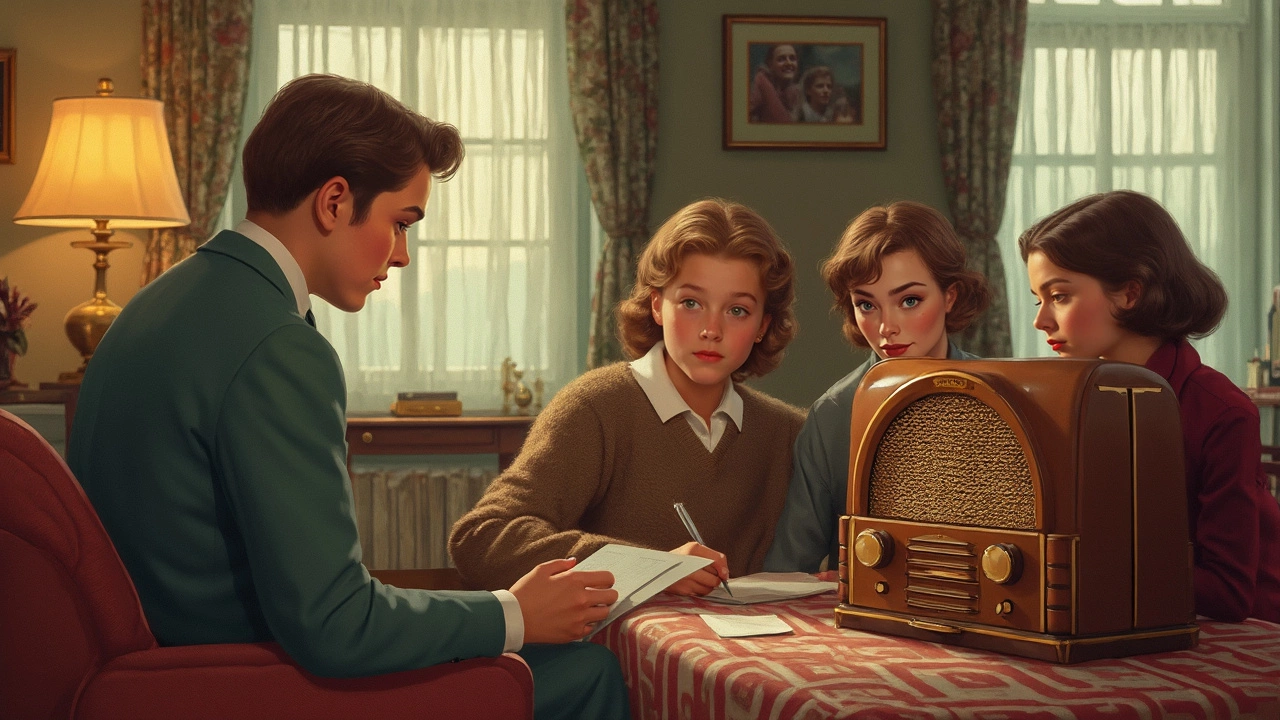
The Internet Revolution
The coming of the internet was like throwing fuel on the fire for distance learning. The 1990s saw the first online learning programs popping up. Think about it—no longer were we limited by geography. You could enroll in a class from anywhere, as long as you had an internet connection.
Online education started to take off with the introduction of Learning Management Systems (LMS) like Blackboard in 1997 and Moodle in 2002. These platforms allowed schools to offer structured courses where students could watch lectures, chat with tutors, and submit homework all in one spot.
The Rise of MOOCs
Fast forward to 2012, and we saw the launch of MOOCs—Massive Open Online Courses. These were game-changers. Platforms like Coursera, edX, and Udacity began offering free courses from top universities to anyone with internet access. Prior to this, accessing such quality content often meant shelling out big money or moving across the world.
By 2013, these platforms had reached over six million enrolled users. Talk about a reach! MOOCs didn't just change how people learned— they revolutionized who could learn, removing many barriers related to traditional schooling.
Connectivity and Tools
Of course, as internet speeds got faster and reach more widespread, video calls and streaming services became normal in the educational sphere. Tools like Zoom and Google Meet turned from business apps into everyday classroom essentials, especially during events like the 2020 pandemic. That's when everyone got a crash course in remote learning.
Stats show that the global e-learning market is projected to rise to over $375 billion by 2026, highlighting just how much online education continues to expand and innovate.
Modern Distance Learning
So, what does modern distance learning look like today? Well, it's run mostly through the internet. This lets students and teachers connect with each other no matter where they are in the world. Think of it like the ultimate classroom without walls. Pretty neat, right?
One of the best parts? Classes now come in all shapes and sizes. There are MOOCs (Massive Open Online Courses) where anyone can join in. They cover everything from art history to advanced calculus. Then, you've got webinars, virtual classrooms, and even full degree programs offered by universities. Who would've thought you could earn your MBA from the comfort of your own home?
"Distance learning is not the next big thing, it is the now big thing," says Donna J. Abernathy, a respected voice in the field of online education.
And it’s not just about watching a video. Interactive elements are a huge part of the experience. Students take quizzes, join discussion forums, and sometimes even participate in live sessions. It’s a far cry from sitting by the mailbox waiting for a textbook, don’t you think?
Technology at the Heart
You can't talk about modern distance learning without mentioning tech. Platforms like Moodle, Blackboard, and Google Classroom are staples. They help organize the learning process. Tools like Zoom and Microsoft Teams enable real-time interactions. Technology has truly transformed the landscape.
Oh, and let’s not forget about mobile learning. More than ever, educational apps are on the rise, letting students learn on-the-go. Imagine brushing up on your algebra while commuting—talk about efficiency!
Popularity and Reach
Distance learning isn't just a little niche trend. It’s kind of a big deal now. According to recent data, about 30% of higher education students in the U.S. take at least one distance learning course. That’s a huge chunk!
| Year | Online Students (in millions) |
|---|---|
| 2020 | 7.3 |
| 2021 | 8.5 |
It's jumped from being just another option to a full-blown necessity, especially after recent global events that pushed education online more than ever before. The flexibility it offers is unmatched.
What's next? Well, with advancements in AI and personalized learning on the horizon, the future is absolutely bright for online education. Whether you're a student or a lifelong learner, there’s never been a more exciting time to dive in.
Future of Distance Learning
Ever wonder where distance learning is headed? It's a fascinating topic, especially considering how quickly things evolve in this space. Many educators and tech gurus are betting big on the future being digital-first and highly interactive.
Why Online Education is Here to Stay
With more people getting comfy with online education, it’s clear it's not just a passing trend. It’s officially a part of the education landscape. Schools and companies are constantly adopting new digital tools that make online education more engaging and efficient. Think AI tutors that can customize lessons based on your learning speed or virtual reality that can transport students to ancient Rome without leaving their classroom. Pretty neat, huh?
Tech Advances Fueling Growth
Technology keeps pushing boundaries. New platforms keep popping up, offering more interactive and immersive options than ever before. Tools like cloud computing and augmented reality, just to name a few, are set to redefine how we access and consume education. Who wouldn’t love to learn history while walking through a 3D model of the Colosseum?
Global Reach and Accessibility
Let’s talk numbers. Did you know that over 90% of students in the U.S. had some online component to their classes by the end of 2023? That’s huge! Distance learning has made education more accessible to people everywhere, from bustling cities to remote villages.
Challenges Ahead
Of course, it’s not all smooth sailing. We've got challenges to face, like internet access in rural areas and bridging the digital divide. But these hurdles are being tackled head-on by innovators who believe in making remote learning available to everyone.
Looking Forward
So what’s next? Expect more personalized learning experiences, more gamified content to keep students engaged, and potentially, even more global classrooms that connect students across different cultures and countries—all from their homes.
In a nutshell, the future of distance learning is bright and exciting. Whether you're an educator, a student, or a lifelong learner, there’s something new on the horizon for all of us.


